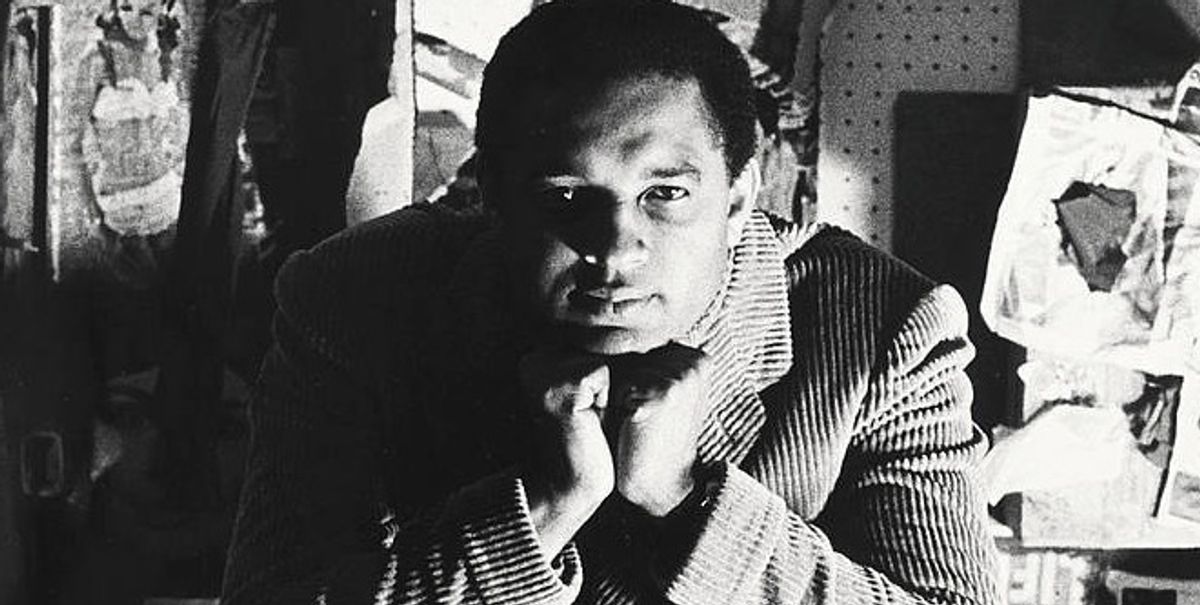The American artist Daniel LaRue Johnson, known for his varied embrace of assemblage, Hard Edge abstraction and Minimalist sculpture, as well as his socially oriented and public work, has died. News of his death was confirmed by John Wright Schaefer of the Peyton Wright Gallery in Santa Fe and Vincent Vallarino of Vallarino Fine Art in New York, two of his representing galleries.
In a statement, John Wright Schaefer said: "Peyton Wright Gallery is saddened by the passing of Daniel LaRue Johnson. It has been an honour for us to handle Johnson’s work and we are grateful for the opportunity to help introduce this pioneering African-American artist to new audiences."
In a separate statement, Vallarino recalled how, when he first encountered Johnson's paintings more than a decade ago, "I realised his inspirations were stemming from the early works of Frank Stella and Kenneth Noland, among other early Hard Edge painters," he says. "However, Johnson’s concepts using planes of colour and their effect on space and depth developed his theories into his own unique style." He adds: "We feel his work has yet to be fully recognised on the level of his fellow artists of the period."
Johnson was born in Los Angeles in 1938 and had his first solo show at the Pasadena Community Center in 1953. In the early 1960s, he studied at the Chouinard Art Institute (which later became the California Institute of the Arts). His assemblages from the period, often painted black, address the Civil Rights Movement and the racial violence of the time. One sculpture from 1963 deals with the 16th Street Baptist Church bombing in Birmingham, Alabama, where Klansmen murdered four black girls. Sculptures from the period include elements like toy dolls, hacksaws, mousetraps and damaged figurines.
In 1965, after finishing school, Johnson was awarded a Guggenheim Fellowship to study with Alberto Giacometti. He spent the year in Paris with his wife, Virginia Jaramillo, after which the couple returned to the US and settled in New York.
In New York, he began making Hard Edge abstract paintings and steel sculptures that aligned him with the Minimalist movement. Shotly thereafter, he began to earn public commissions. In the 1970s, he worked on several large-scale sculptures for US parks. One of them, Freedom Form #2, was installed in Martin Luther King Jr. Park in Minneapolis in 1970.
Another work, Peace Form One, is among Johnson's best-known works. It commemorates Ralph Bunche, the first black American Nobel Peace Prize laureate. The 20 ton, 50 ft. sculpture was dedicated on 15 September 1980 in a park named for Bunche in New York.
Johnson's work has been included in exhibitions at the Whitney Museum, the Museum of Modern Art and the Guggenheim Museum, all in New York. His art is currently on view in Soul of a Nation at Tate Modern.


